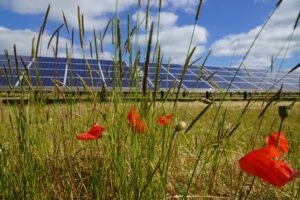Since 2016, nitrogen dioxide (NO2) emissions in central London have declined five times more than the national average, according to new evidence published today (August 7) by the Mayor of London, Sadiq Khan.
This new data has been submitted as part of London’s response to the Environment Food and Rural Affairs Committee’s (EFRA) call for evidence to scrutinise the government’s air quality strategy.
In 2016, London’s air exceeded the hourly legal limit for NO2 for over 4,000 hours. Last year, this fell to just over 100 hours — a reduction of 97%.
In 2020 before measures to address the COVID outbreak were introduced, hourly average levels of harmful nitrogen dioxide (NO2 ) at all monitoring sites in central London had already reduced by 44% since 2017.
According to the Mayor, the Government’s own data shows just how little progress has been made outside London, demonstrating the significant improvements in London have been driven by local (as opposed to national) policy.
Sadiq Khan, said: ’I’m proud of the dramatic improvement in London’s air quality since I was elected as Mayor, with reductions in roadside NO2 in the central London Ultra Low Emission Zone that are five times greater than the national average.
‘Here in London, we are not complacent and know there is still more to do. Pollution isn’t just a central London problem, which is why in October 2021 I am expanding the ULEZ to the North and South circular, improving the lives and health of Londoners for years to come. I want to go further, but can only do this with the Government’s support and a bold new Environment Bill.’
Polly Billington, director of the UK100 network, commented: ‘These figures show how local leadership can make the difference in tackling polluted air.
‘London’s example should inspire other cities to match their ambitions. But it will require new powers and resources from the central government along with a cast-iron commitment in the Environment Bill to cutting air pollution to safer WHO levels by 2030.’
In related news, the Mayor of London has issued an air pollution warning today (August 7) as the capital experiences dangerous levels of ozone pollution due to high temperatures.
Photo Credit – Pixabay

















Leave a Reply